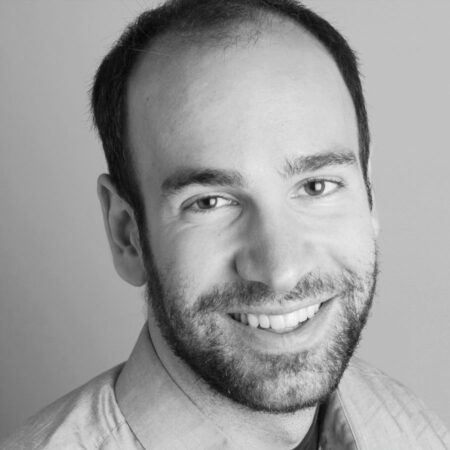Alex Hegyi, PhD

Alex Hegyi is working on a new invention that aims to make hyperspectral imaging (HSI) an ubiquitous technology. A hyperspectral image is an image where a full optical spectrum (in this case, from the near-UV to the near-IR) is sampled at each point in an image. Alex’s invention has the potential to radically simplify HSI technology, enabling HSI systems that add minimal cost and bulk to existing camera sensors without sacrificing software adaptability to specific applications (a feature not possible with competing lower-cost approaches). An HSI sensor that is cheap and small enough to be incorporated on cell phones would find significant application in fields such as medicine, agriculture, security, defense, and even cosmetics.
In 2008, Alex graduated with a BS in physics, with honors and distinction. In 2013, with his Hertz Fellowship, he then went to UC Berkeley and obtained his PhD in electrical engineering, advised by Professor Eli Yablonovitch. Alex took full advantage of the freedom afforded to him by the Hertz Fellowship to independently invent and develop a novel medical imaging concept called nanodiamond imaging, a kind of functional biomedical imaging (like PET or SPECT) that uses biologically-tagged nanodiamonds containing nitrogen-vacancy centers as a contrast agent. By taking advantage of optically-detected magnetic resonance of the nitrogen-vacancy centers, nanodiamond imaging has the potential to image with a combination of high spatial resolution and high sensitivity, features that are incompatible in existing imaging modalities except at the shallowest imaging depths.
Graduate Studies
Undergraduate Studies
Awards
2016, TR35, MIT Technology Review
2013, Hertz Thesis Prize, Fannie & John Hertz Foundation